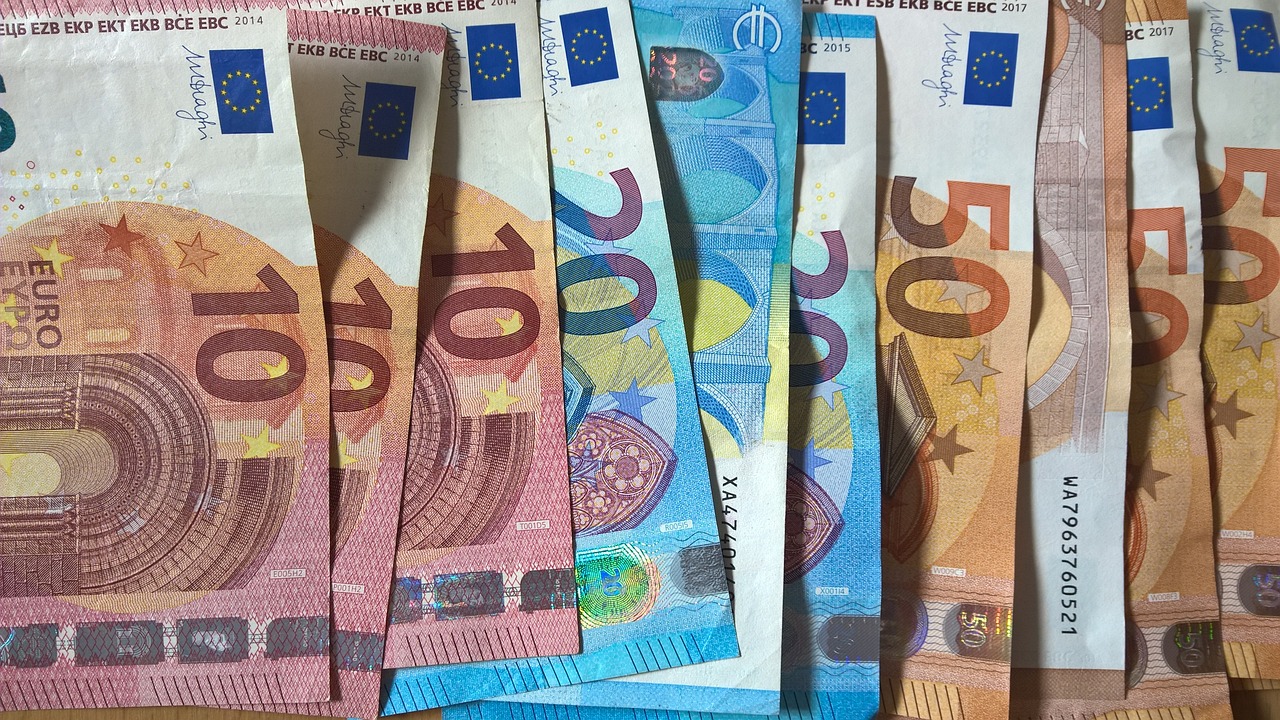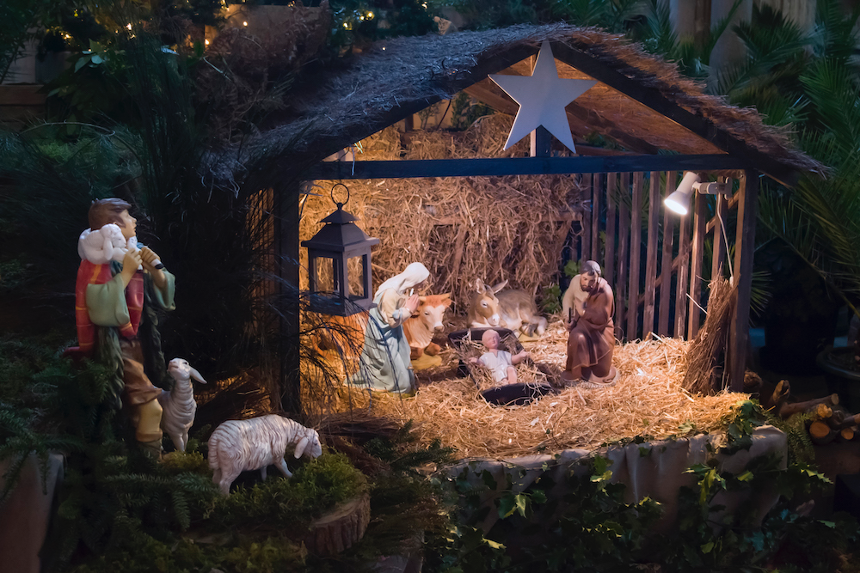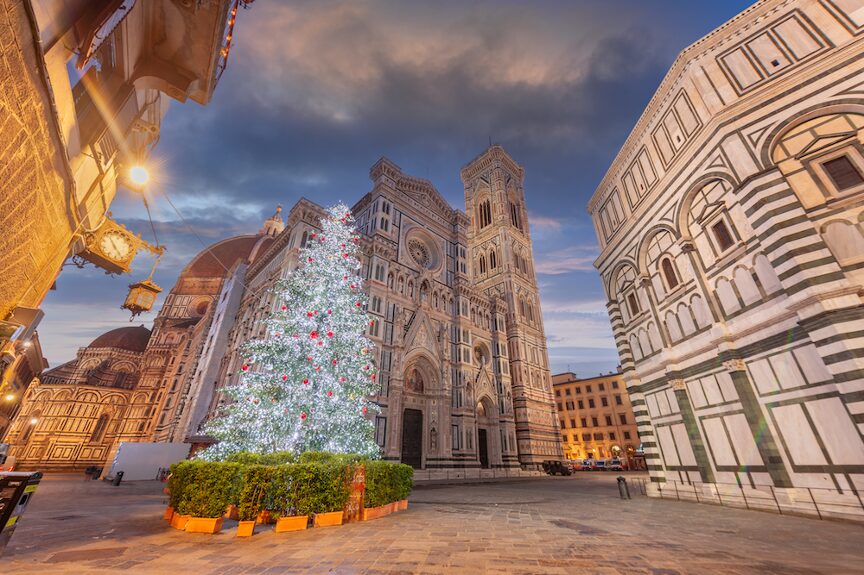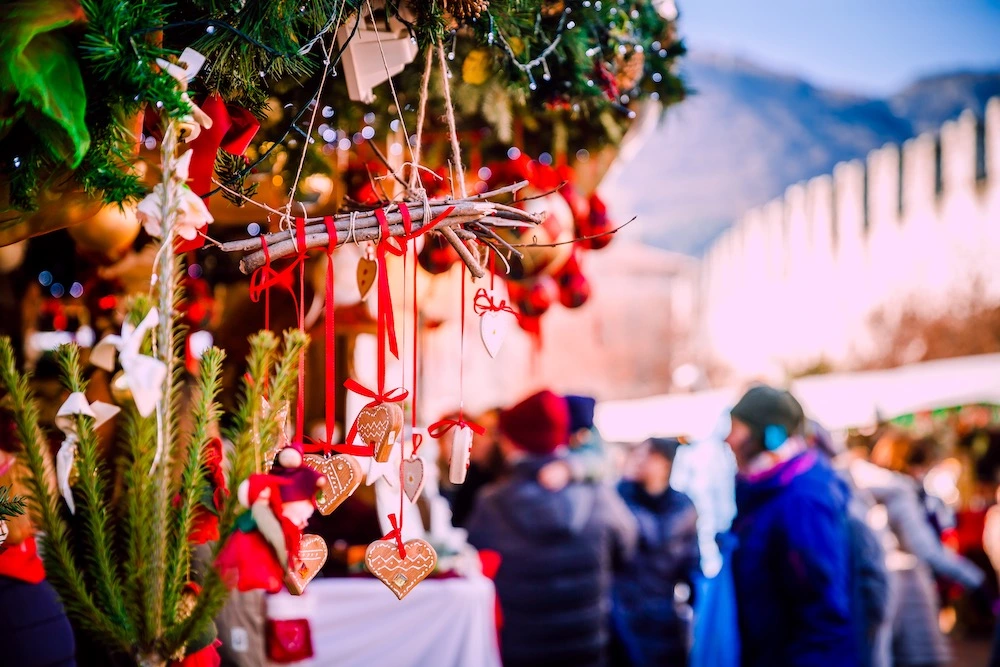Knowing how to recognize counterfeit money is a very useful skill in everyday life, particularly if you are traveling and are unfamiliar with the banknotes in use, or if you are a collector looking for rare and precious banknotes.
1. Be sure of the trustworthiness of the source
You must always be very careful when exchanging currency for the purchase of foreign banknotes, or when buying rare and out-of-currency banknotes that have become collector’s items. In these circumstances, the best guarantee against scams is to contact only authorized and accredited agencies.
2. Be familiar with the currency
A key element to distinguish a fake banknote from an authentic one is experience. If you are about to leave for a destination with a currency other than your own, it might therefore be wise to arrive prepared exchanging currency before leaving. This will allow us to become familiar with the banknotes, learn the different denominations and their related representations. This will represent a significant help when we find ourselves paying in cash and receiving change in the country we are traveling to.
3. Analyze the distinctive characteristics of currencies
This rule certainly applies to collectors, but it will be useful to everyone. You need to know the physical characteristics of the currency you are interested in. Some banknotes, for example, have a large number of particular signs printed in specific places, which are very difficult to counterfeit. Knowing and recognizing them is very useful to avoid finding yourself with fake banknotes in your wallet.
4. Check banknote printing
Any currency expert will tell you that one of the main indicators of fake money is the quality of the printing. It is good practice to check how all the elements are arranged on the surface of the banknote, to intercept any inconsistencies. To have proof of the good quality of the printing of the banknotes, make sure that the figures on them are slightly raised. This rule applies to both depictions and written parts. This is why it is important to have time to “study” and become familiar with banknotes and all their most significant details.
5. Check the thickness
Another useful indicator for verifying the authenticity of a banknote is its thickness. This can be verified through touch. Unlike authentic banknotes, fake ones have a paper component which makes them thicker and more fragile. They tend to soften over time.
Photo Credits:
ChristophMeinersmann, Pixabay









